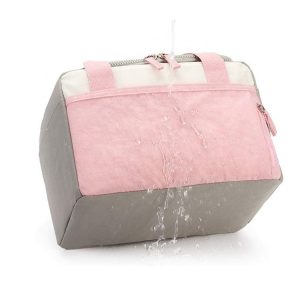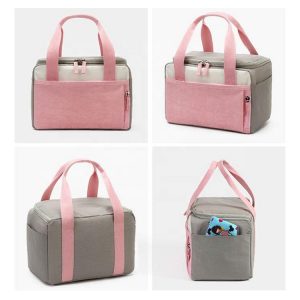Choosing the right rucksack (backpack) is essential for a comfortable and successful outdoor adventure. Whether you’re planning a day hike, a weekend camping trip, or a longer backpacking expedition, here’s the ultimate guide to help you select the perfect rucksack:
- Purpose and Duration: Define the purpose of your rucksack. Are you going on a short day hike, a multi-day trek, or a full-fledged backpacking expedition? Your backpack’s size, features, and durability will vary based on the duration of your trip.
- Capacity: Backpacks are often categorized by capacity in liters. Choose a capacity that suits your needs:
- Daypack (20-30L): Day hikes, urban commuting.
- Weekend Pack (30-50L): Short trips, weekend getaways.
- Extended Trip Pack (50-70L): Multi-day adventures.
- Expedition Pack (70L+): Extended backpacking trips, expeditions.
- Fit and Comfort: A well-fitting backpack is crucial for comfort and reduced strain. Consider the following:
- Torso Length: Measure your torso length (from base of neck to top of hips) and choose a backpack with a corresponding size.
- Hip Belt: A padded hip belt should sit comfortably on your hips to transfer weight off your shoulders.
- Shoulder Straps: Adjustable, padded straps that don’t dig into your shoulders.
- Back Padding and Ventilation: Look for ergonomic designs and breathable padding for comfort during long hikes.
- Features: Choose a backpack with features that match your needs:
- Pockets: Multiple compartments for organization.
- Hydration Compatibility: A sleeve or compartment for a hydration reservoir.
- Rain Cover: Integrated or removable rain cover to keep your gear dry.
- Attachment Points: Loops, daisy chains, and straps for attaching gear externally.
- Access Points: Top-loading, front-panel, or side-zip access for easy packing/unpacking.
- Compression Straps: Helps stabilize the load and adjust pack volume.
- Detachable Daypack: Some larger packs offer a detachable smaller pack for day trips.
- Weight: Lighter backpacks are generally more comfortable, but be cautious not to compromise durability and features for the sake of weight.
- Material and Durability: Choose a backpack made from durable materials, such as ripstop nylon, to withstand wear and tear. Reinforced stitching, quality zippers, and sturdy buckles are also important.
- Weather Resistance: If you’re heading into wet environments, consider a backpack with water-resistant materials or a rain cover.
- Brand and Reviews: Research reputable outdoor brands known for quality backpacks. Read reviews from other users to get insights into real-world performance.
- Try Before You Buy: Visit a store and try on different backpacks to assess comfort and fit. Load the backpack with weight to simulate actual conditions.
- Price: Quality backpacks come at various price points. Balance your budget with the features and durability you need.
- Warranty and Customer Service: Check the warranty offered by the manufacturer. A good warranty reflects the brand’s confidence in their product’s durability.
Remember, choosing the right rucksack is a personal decision based on your individual needs and preferences. Take your time to research, try on, and evaluate different options before making your final decision. A well-chosen backpack can greatly enhance your outdoor experience by providing comfort and convenience throughout your adventure.

















